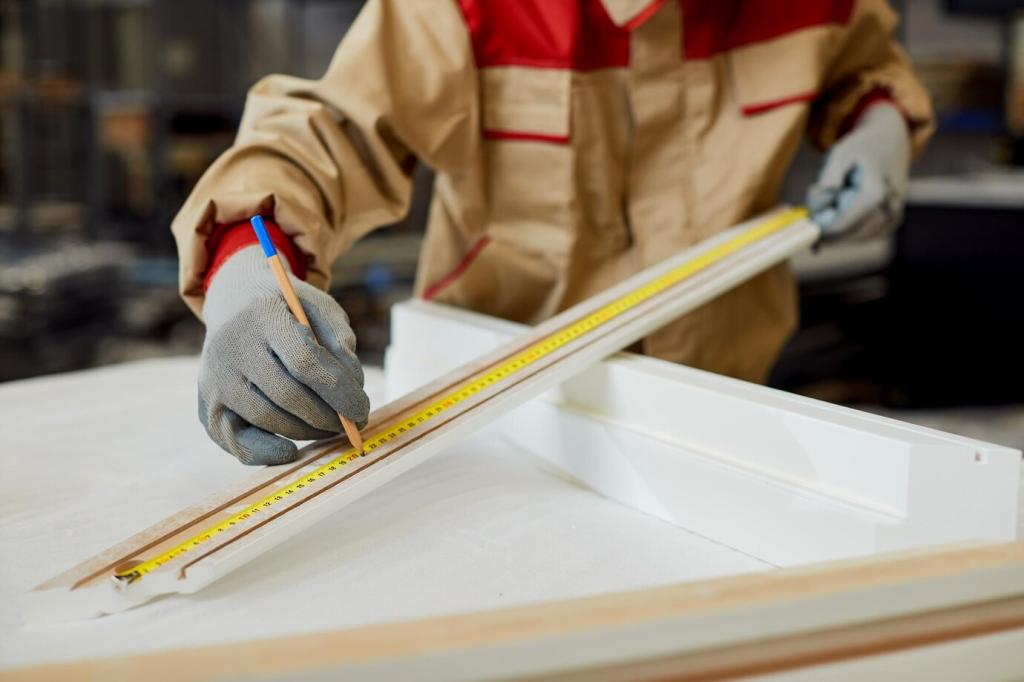Pros and Cons of Slate Roofs: An Honest, Inspiring Look
Chosen theme: Pros and Cons of Slate Roofs. Step onto the ridge line with us as we explore what makes slate roofs both legendary and complicated. From centuries of durability to real-world trade-offs, you will discover balanced insights, relatable stories, and practical guidance. Subscribe and share your questions to help shape our next slate-focused deep dive.


Understanding the Pros and Cons of Slate Roofs
The first ‘pro’ most homeowners notice is visual grace. Slate roofs offer depth, texture, and color variations no factory finish can copy. Beyond curb appeal, they bring longevity, natural fire resistance, and a reassuring solidity that turns everyday rain into comforting, steady music overhead.
Understanding the Pros and Cons of Slate Roofs
Yet every pro has a partner con. Slate can be heavy, installation is meticulous, and repairs require specialized hands. Costs rise with quality, distance from quarries, and complex rooflines. Understanding these realities early prevents heartbreak and helps you plan a roof that lasts, not just looks good.
Durability and Longevity: The ‘Pros’ Case for Slate Roofs
Quality slate roofs regularly last 75 to 150 years, with some historic examples surpassing two centuries. The secret lies in dense, fine-grained stone that sheds water, resists UV, and shrugs off slow weathering. If long-term stewardship appeals to you, slate’s endurance is a decisive, life-shaping advantage.


Durability and Longevity: The ‘Pros’ Case for Slate Roofs
Slate is naturally noncombustible, a powerful pro in wildfire-prone regions or near chimneys. Properly fastened, it stands up to gusty storms, hail, and freeze-thaw cycles better than many materials. Add well-detailed flashings, and you gain a roof that treats harsh weather as a seasonal rhythm, not a crisis.
Cost, Weight, and Fragility: The ‘Cons’ of Slate Roofs You Must Consider
The pros and cons of slate roofs often pivot on cost. Quarrying, grading, transporting, and installing stone requires skill and time. Expect a higher initial price than asphalt or many metal options. The payoff is longevity, but the early checks must clear. Budget honestly, and share your numbers to get tailored advice.

Cost, Weight, and Fragility: The ‘Cons’ of Slate Roofs You Must Consider
Slate is heavy, and that weight must be safely carried for decades. Many homes need structural assessment and occasional reinforcement. Skipping this step risks sagging, leaks, or worse. A structural engineer’s green light turns a potential con into a managed variable. Ask your builder which framing upgrades your home may need.



Climate Fit: Where Slate Roof Pros Shine and Cons Surface
Cold regions with snow and ice
Slate handles freeze-thaw cycles well when dense and properly installed. Snow guards prevent dangerous slides, and robust underlayment provides backup in ice-prone valleys. Consider copper flashings that flex gracefully through seasons. Share your winter experiences so we can build a climate-specific slate preparation guide together.
Hot, sunny climates with intense UV
Quality slate tolerates heat and UV better than many materials, resisting brittle aging. Ventilation keeps attic temperatures in check, protecting decking and interiors. Light-colored slates can moderate heat gain. If scorching summers define your year, tell us your concerns and we will suggest regionally proven detailing strategies.
Storm zones and coastal environments
Proper fastening patterns and wind-rated details help slate stand firm against gales. Salt air favors corrosion-resistant metals, pushing copper or stainless flashings to the front. Hurricane clips, careful layout, and inspection protocols matter. If you live near the coast, share location specifics to receive targeted, storm-ready guidance.
Sustainability: Environmental Pros and Practical Cons of Slate Roofs
Natural stone with long service life
A slate roof’s longevity spreads environmental impacts over many decades, reducing replacement waste. It contains no petrochemical binders and arrives as stone, not a complex composite. If durability and low embodied maintenance matter to you, slate’s environmental profile is a genuine, measurable pro worth factoring seriously.
Transport, quarry distance, and weight
Shipping heavy stone across oceans or continents increases carbon impact, a notable con. Local or regional quarries can soften the footprint. Ask suppliers for quarry origin and transport details. Comment with your location, and we will help identify closer sources to optimize both sustainability and material availability.
Reclaimed slate and compatible metals
Reclaimed slate extends material life and complements historic homes. Pair it with long-lasting copper or stainless steel for flashings to maintain integrity. Verify thickness, rock type, and condition to avoid mismatches. If reclaimed appeals to you, subscribe for our upcoming guide to sourcing and inspecting salvaged slate confidently.
Money Over Time: Total Cost and Value in Slate Roof Decisions
While slate’s upfront cost is a con, its long service life can turn into a pro on a per-year basis. Avoiding two or three replacements changes the financial picture. Share your time horizon, and we will model scenarios comparing slate with asphalt, metal, and synthetic alternatives objectively.
In many markets, a well-executed slate roof signals quality, improving curb appeal and perceived value. However, overbuilding beyond neighborhood norms may limit returns. Ask local agents about buyer expectations. Post your ZIP code, and we will help you gauge whether slate’s advantages translate into higher resale confidence.
Some insurers appreciate slate’s fire resistance; others worry about repair costs. Shop policies, document workmanship, and retain installation photos. Manufacturer guidance on fasteners and flashings supports claims. If you have policy questions, drop them below, and we will compile carrier-specific advice for slate roof homeowners.
Decision Roadmap: Turning Pros and Cons of Slate Roofs into Action
Confirm framing capacity with an engineer, map roof penetrations, list valley and dormer details, and verify attic ventilation. Gather historical photos if your home is older. Share your checklist progress in the comments to get community feedback on where slate’s pros shine and where cons need mitigation.
Decision Roadmap: Turning Pros and Cons of Slate Roofs into Action
Ask about quarry sources, slate grade, fastener type, flashing metals, underlayment strategy, and past projects similar to yours. Request references and photos of repaired valleys. Post your short list of contractors, and we will crowdsource additional questions that expose strengths and weaknesses before you sign.
Decision Roadmap: Turning Pros and Cons of Slate Roofs into Action
If weight, cost, or availability dims slate’s appeal, compare standing seam metal, high-end asphalt, or quality synthetic slate. Use the same pros and cons framework to judge them. Tell us your top two options, and subscribe to receive a personalized, side-by-side comparison tailored to your climate and priorities.
